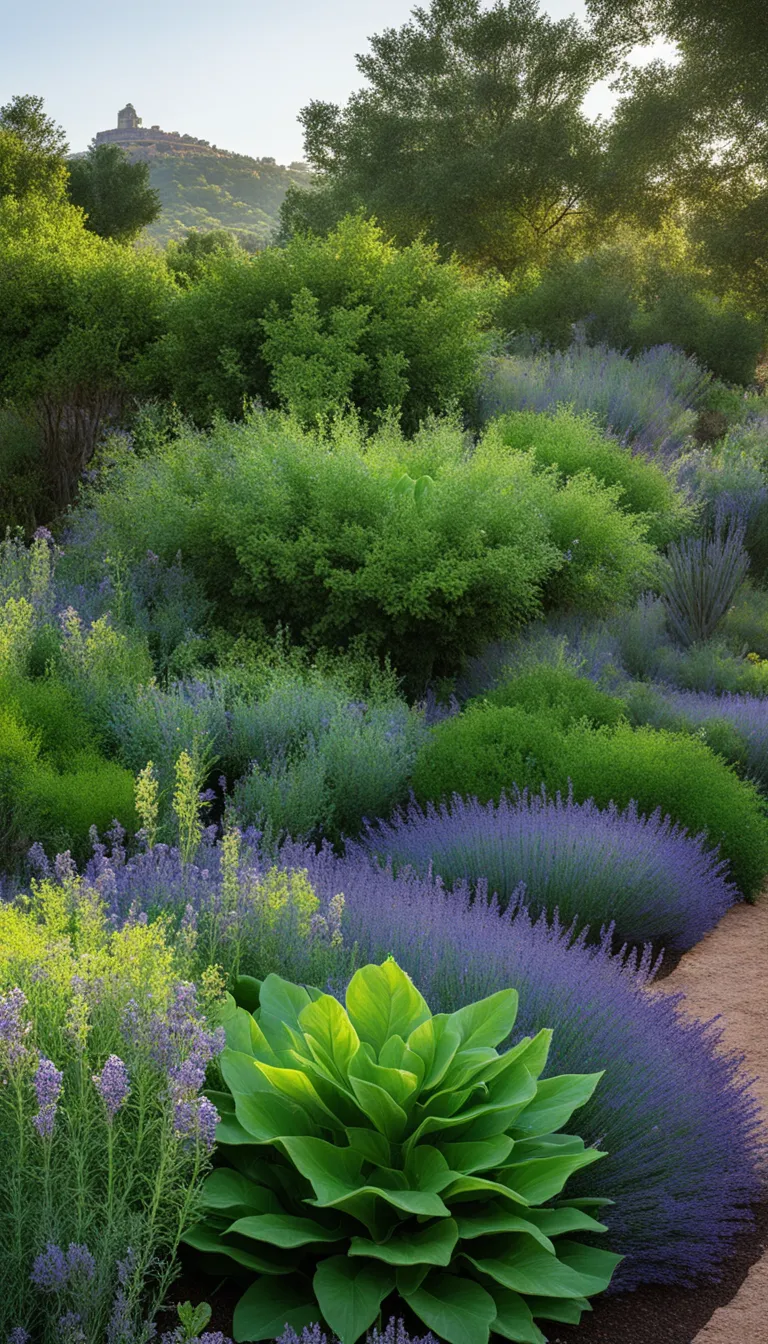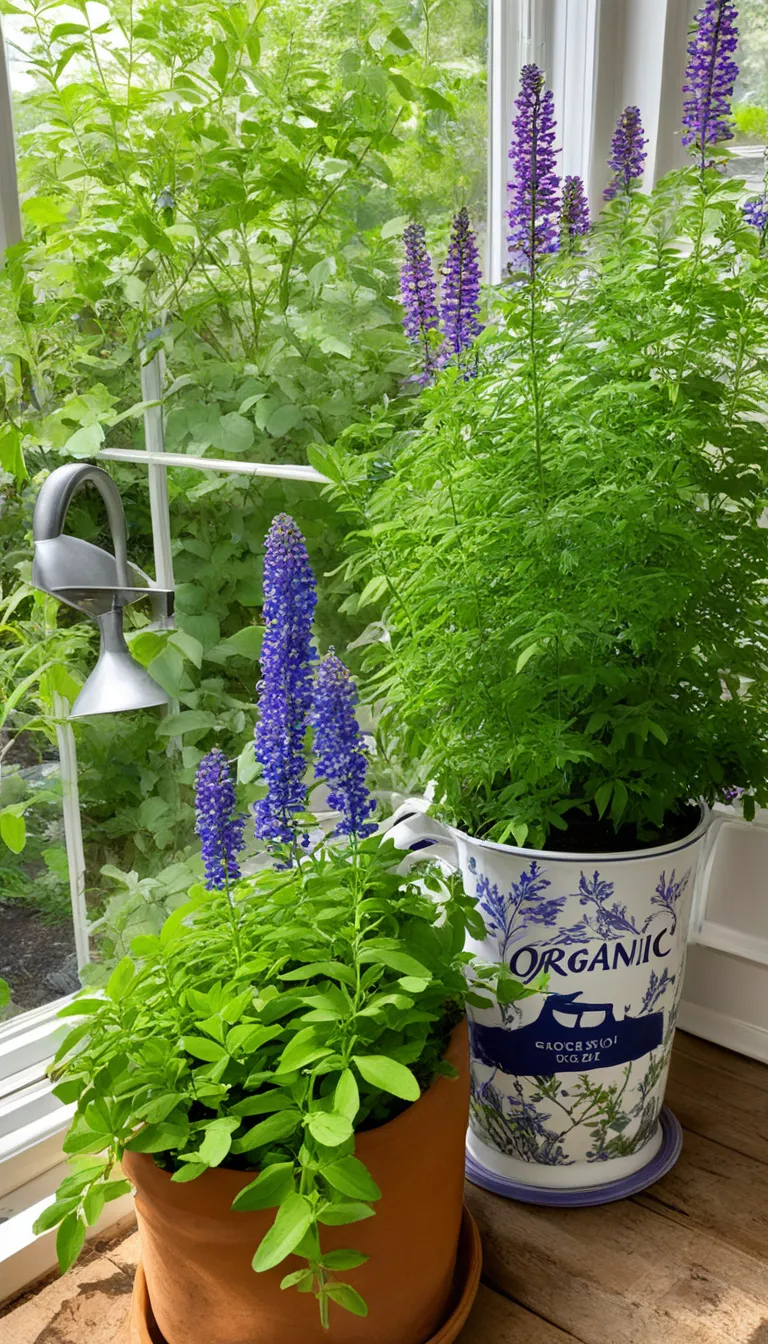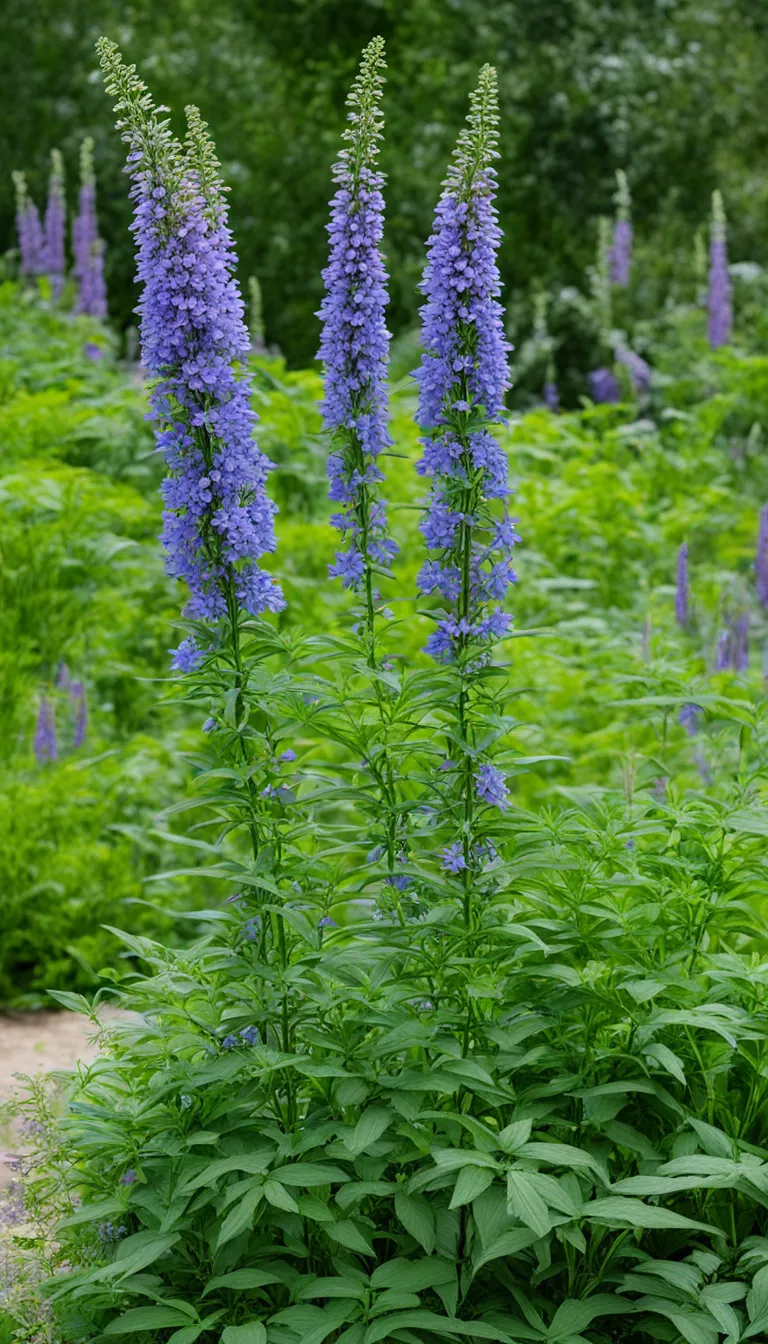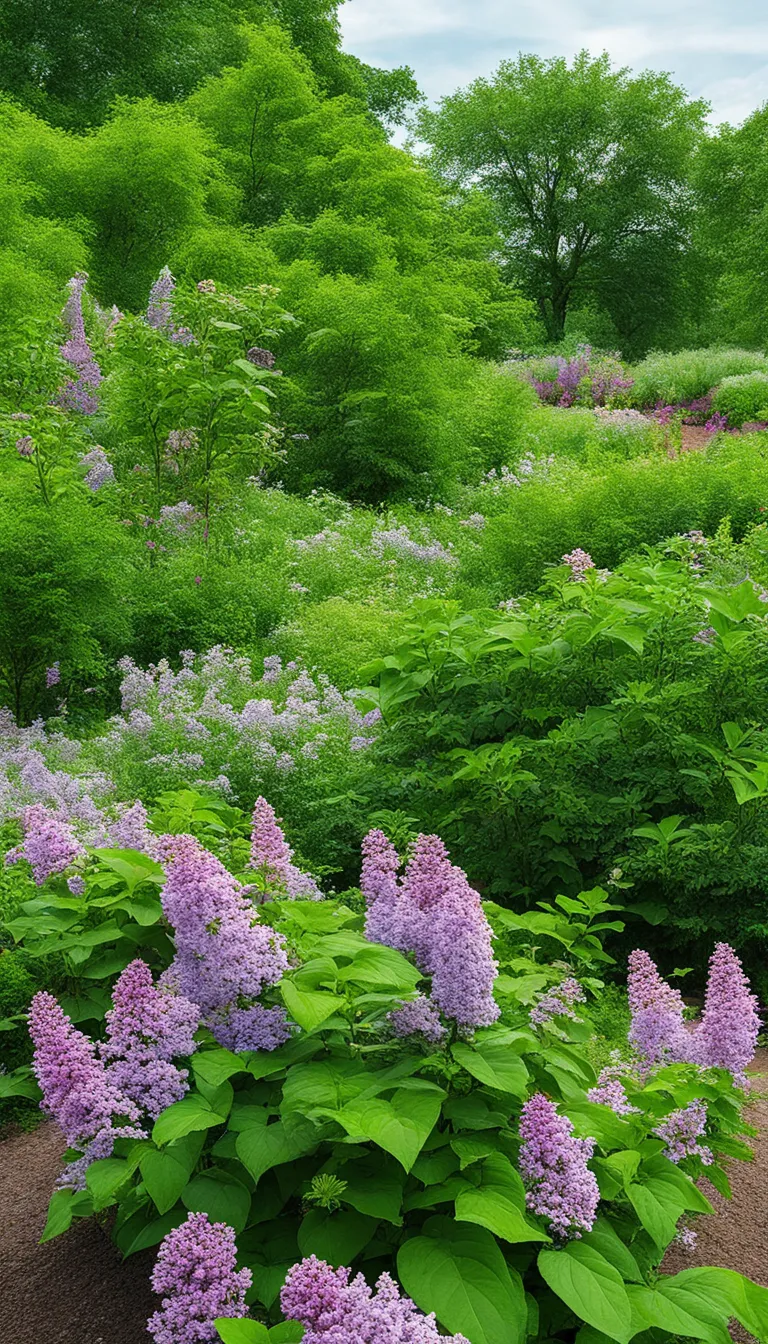, commonly known as Goat’s Rue or French Lilac, is a plant that’s both a beauty and a beast in the garden. Its delicate flowers may paint a serene picture, but don’t be fooled – this plant can be quite the powerhouse. Often found gracing the landscapes with its vibrant blooms, is not just a pretty face; it’s been used historically in traditional medicine and even as a tool to improve soil fertility. But what’s the secret to keeping these beauties thriving? Let’s dive into the world of Galega and discover the wonders it holds for those with a green thumb.
When it comes to cultivation, Galega is no diva, but it does have its preferences. It’s a plant that craves the sun, much like a sunbather on a golden beach, yet it won’t shy away from a bit of shade. The soil? Well, it’s not too picky, but it does enjoy a good, well-drained dinner table. And water – it’s essential, but like a fine wine, too much can spoil the experience. Care for it right, and you’ll see an explosion of color that’ll make your garden the talk of the town!
- Botanical Name: Galega officinalis
- Common Names: Goat’s Rue, French Lilac
- Plant Type: Herbaceous perennial
- Bloom Time: Early to mid-summer
- Color: Shades of blue, purple, and white
Whether you’re a seasoned gardener or a curious botanist, the plant offers a world of surprise and discovery. With its ease of care and stunning floral display, it’s a plant that promises to add a touch of magic to your outdoor space. So, are you ready to welcome Galega into your garden and let the show begin?

What is Galega?
An overview of Galega, its cultivation, care, and the various types that gardeners and botanists might encounter is essential for anyone looking to add a touch of green to their surroundings. Known for its vibrant foliage and medicinal properties, Galega is a genus that’s not only aesthetically pleasing but also offers benefits that extend beyond its beauty.
Ever stumbled upon a plant so captivating that it made you stop and wonder? That’s Galega for you! Often found gracing gardens and wild patches alike, Galega is a botanical gem originating from the Middle East. This perennial herb, with its tall spikes of flowers, is a sight to behold and a favorite among bees.
But Galega isn’t just a pretty face. Historically, it’s been used in traditional medicine to manage blood sugar and even aid in milk production for nursing mothers. Its appeal isn’t just rooted in folklore; modern research has begun to back up some of these claims, making Galega a plant of both beauty and purpose.
When talking about Galega, it’s not just one plant we’re referring to. This genus encompasses a variety of species, each with its own unique characteristics. Some of the most common uses of Galega include:
- Livestock feed: Its nutritious foliage is often used as fodder.
- Ornamental plant: Thanks to its attractive flowers and foliage.
- Medicinal herb: Utilized in traditional remedies for various ailments.
Whether you’re a botanist, a gardener, or simply someone who appreciates the wonders of nature, Galega offers a world of exploration. With its rich history and multifaceted applications, this plant is more than just greenery; it’s a living legacy that continues to surprise and explode with potential.

How to Care for Galega?
Ever wonder how to keep your Galega thriving? These charming plants aren’t just about their good looks; they’re about resilience and adaptability, too! But, to ensure they explode with vibrant growth, you’ve got to show them some love. Let’s chat about the simple yet crucial care tips that will keep your Galega plants healthy and happy.
First things first, water is the essence of life, right? But with Galega, it’s all about balance. These plants prefer their soil to be moist, but not waterlogged. So, how often should you water? Stick your finger into the soil up to the second knuckle—if it feels dry, it’s time to water. Simple, isn’t it?
Now, let’s talk about the sun. Galega plants enjoy basking in the full sun to partial shade. If you’re planting outdoors, choose a spot that gets that golden morning sunlight. For indoor plants, a window with direct sunlight for a few hours will do the trick.
Soil is the bedrock of your Galega’s well-being. These plants aren’t too picky, but they do prefer well-draining soil. A mix of garden soil, peat, and sand can create a cozy environment for their roots. Here’s a quick checklist for you:
- Watering: When the top inch of soil is dry.
- Sunlight: Full sun to partial shade.
- Soil: Well-draining, fertile soil.
Remember, the key to a flourishing Galega garden is consistency and attention to these simple needs. Keep an eye on them, and they’ll surely reward you with their stunning presence!

What are the Galega Varieties?
Ever been blown away by the sheer variety of plants in the Galega genus? Well, brace yourself for an explosion of information as we delve into the diverse world of Galega species. These plants aren’t just a one-trick pony; they come in several varieties, each with its unique charm and characteristics. Whether you’re a gardener looking to add some pizzazz to your green space or a botanist in search of variety, Galega has got you covered!
First off, let’s talk about the well-known Galega officinalis, commonly referred to as goat’s rue or professor-weed. This variety is famous not just for its medicinal properties but also for its stunning purple-blue flowers that can jazz up any garden. But wait, there’s more! The Galega orientalis is another popular choice, sporting yellowish flowers and bringing a touch of sunshine to your floral ensemble.
For those who love a bit of variety in their foliage, the Galega x hartlandii is a hybrid that offers the best of both worlds. Its flowers are a delightful mix of the two species, creating a spectacular visual feast. Here’s a quick rundown of these varieties:
- Galega officinalis – Purple-blue flowers, medicinal.
- Galega orientalis – Yellowish flowers, sun-loving.
- Galega x hartlandii – Hybrid with mixed flower colors.
Each type of Galega has its own set of care instructions, but they all share a love for well-drained soil and plenty of sunshine. They’re not just pretty faces; these plants are tough and can handle a surprise frost or two. So, if you’re looking to add some explosive color and variety to your garden, consider the Galega genus as your go-to option!





